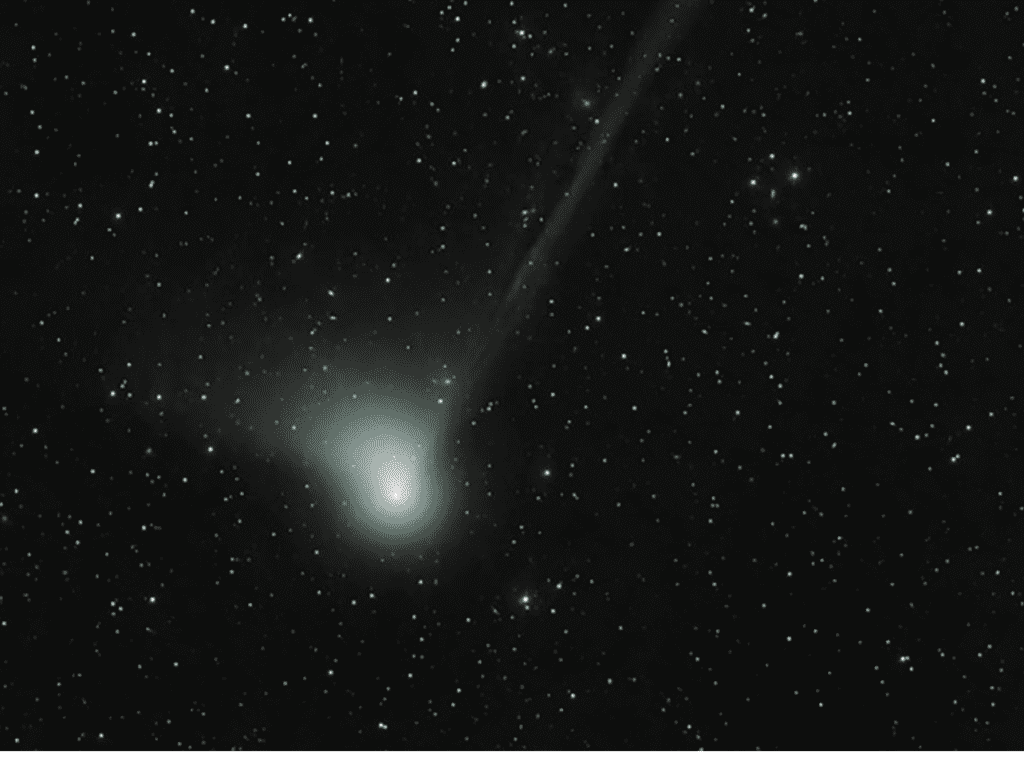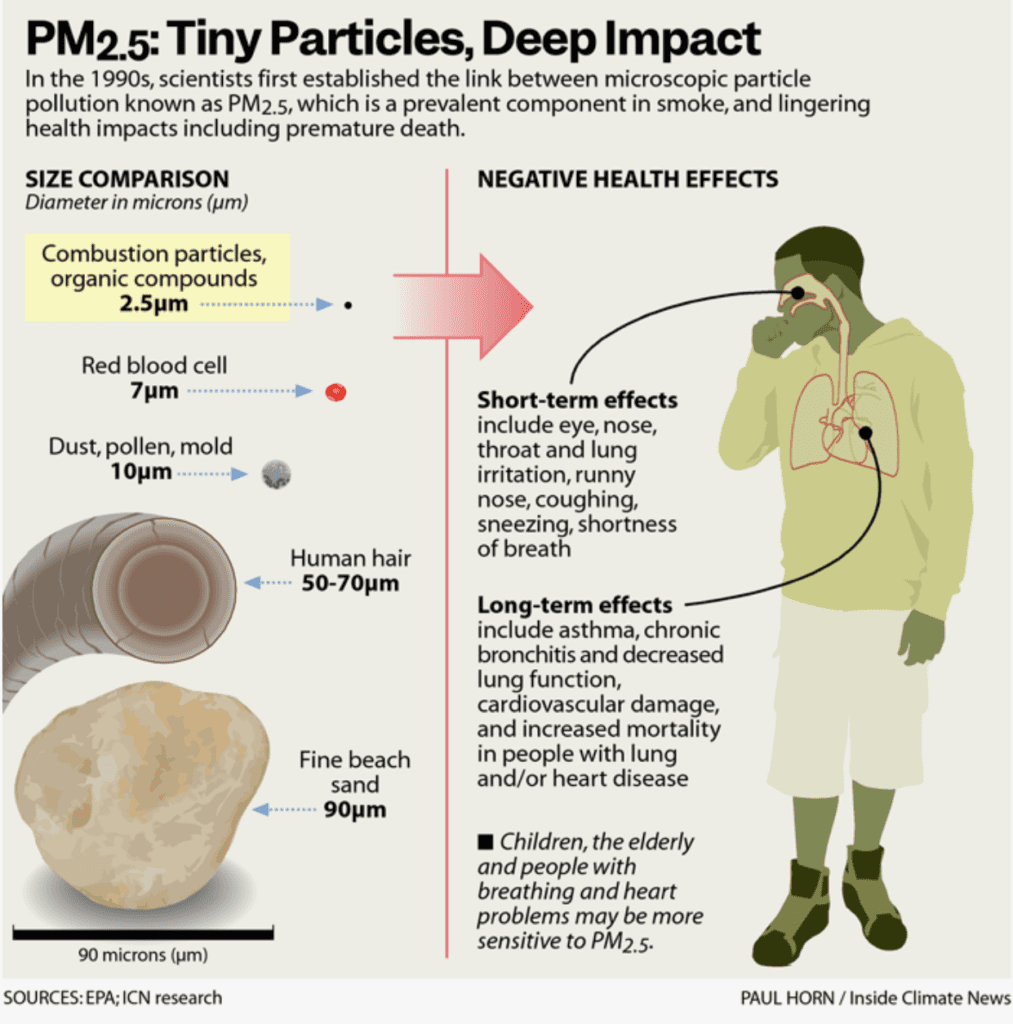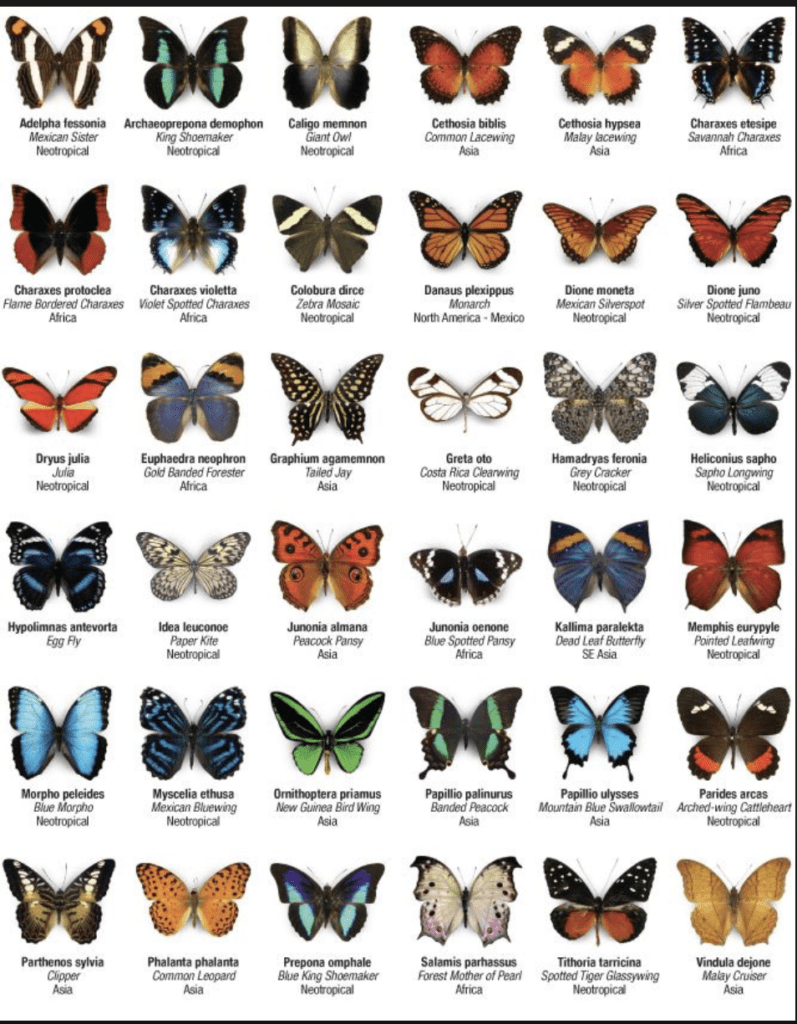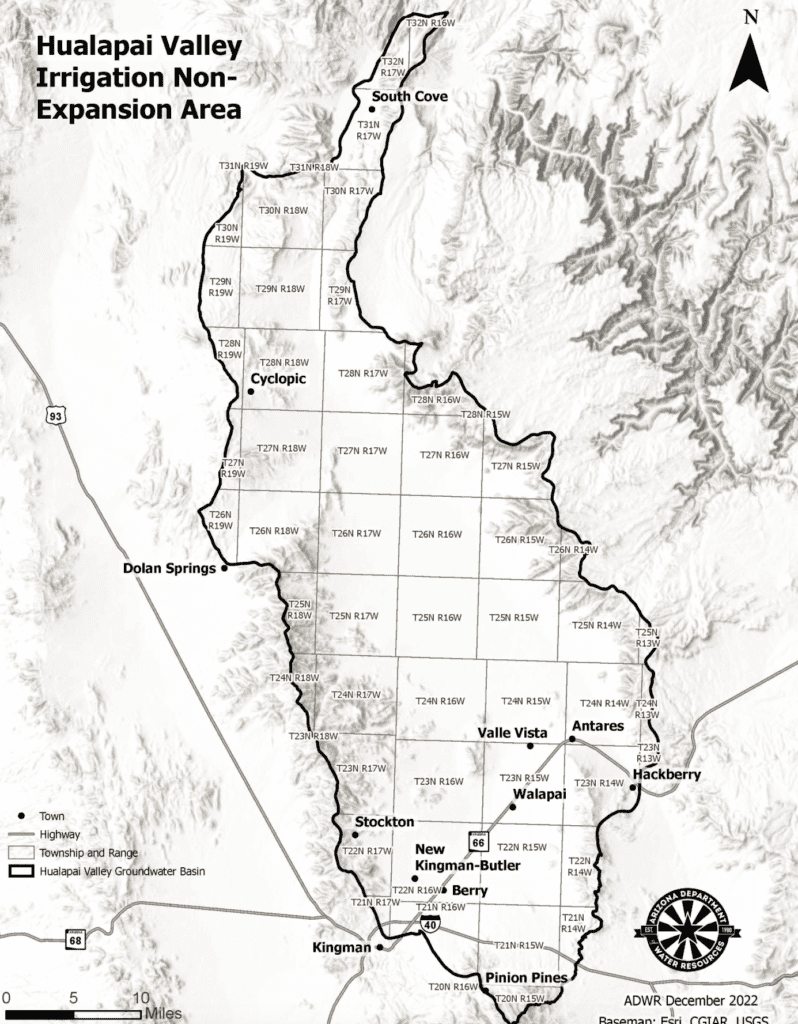Daniel Salzler No. 1184
EnviroInsight.org Four Items January 13, 2023
—————Feel Free To Pass This Along To Others——————
If your watershed is doing something you would like others to know about, or you know
of something others can benefit from, let me know and I will place it in this Information .
If you want to be removed from the distribution list, please let me know.
Please note that all meetings listed are open.
Enhance your viewing by downloading the pdf file to view photos, etc.
The attached is all about improving life in the watershed. If you want to be removed
from the distribution list,
please let me know. Please note that all meetings listed are open.
Check our website at EnviroInsight.org
1. A Green Comet Will Appear In The Night Sky For The First Time In 50,000 Years
By Ashley Strickland, CNN
A recently discovered comet will soon make an appearance in the night sky for the first time in 50,000 years.
Discovered on March 2, 2022 by astronomers using the Zwicky Transient Facility’s wide-field survey camera at the Palomar Observatory in San Diego County, California, the comet will make its closest approach to the sun on January 12, according to NASA.

Comet C/2022 E3 (ZTF) was discovered by astronomers using the wide-field survey camera at the Zwicky Transient Facility in March 2022.
Named C/2022 E3 (ZTF), the comet has an orbit around the sun that passes through the outer reaches of the solar system, which is why it’s taken such a long journey — and long time — to swing by Earth again, according to The Planetary Society.
Skygazers in the Northern Hemisphere using telescopes and binoculars should look low on the northeastern horizon just before midnight to spot it on January 12, according to EarthSky.
The icy celestial object, which has steadily brightened as it approaches the sun, will subsequently make its closest pass of Earth between February 1 and February 2, around 26 million miles (42 million kilometers) away, according to EarthSky — as the comet nears Earth, observers will be able to spot it near the bright star Polaris, also called the North Star, and it should be visible earlier in the evening.
The comet should be visible through binoculars in the morning sky for sky-watchers in the Northern Hemisphere during most of January and those in the Southern Hemisphere in early February, according to NASA.
Depending on how bright it becomes in the coming weeks, C/2022 E3 (ZTF) may even become visible to the unaided eye in dark skies toward the end of January.
The comet can be distinguished from stars by its streaking tails of dust and energized particles, as well as the glowing green coma surrounding it. The coma is an envelope that forms around a comet as it passes close to the sun, causing its ice to sublimate, or turn directly to gas. This causes the comet to look fuzzy when observed through telescopes.
2.After a Decade, Federal Officials Tighten Guidelines on Air Pollution
Following years of appeals from environmental activists, the EPA has proposed new standards for harmful particles known as PM 2.5. Some advocates say the changes don’t go far enough.

As a child, Stephanie Lovinsky-Desir remembers being taken from doctor to doctor by her parents as they searched desperately for a way to manage her asthma. She wondered then if there was something in the air that made it difficult for her to breathe.
Today, Lovinsky-Desir is a pediatric pulmonologist, using her childhood experience with asthma to inform her research into air pollution and how tiny particles, also known as PM 2.5, can impact young lungs.
“We really have to work towards improving air quality for the people who are at the greatest risk,” said Lovinsky-Desir, who teaches at Columbia University.

Federal officials believe they are taking the next steps to do just that.
For the first time in a decade, the Environmental Protection Agency has proposed tougher standards for pollution from PM 2.5, small, inhalable airborne particles about one-thirtieth of the width of a human hair that are linked to a range of health harms, from heart and lung ailments to asthma and other respiratory conditions.
The EPA announced plans on Friday to lower the annual standard for PM 2.5 from a level of 12 micrograms per cubic meter to between 9 and 10 micrograms per cubic meter.
Environmental activists, who have long urged the government to tighten its regulations, said the new proposal doesn’t go far enough in addressing the hazards from PM 2.5.
“EPA’s actions today are deeply important and personal to me,” Regan said. “As indicated, I’ve spent my career advocating for health equity and environmental justice because no one should be sickened by the environment in which they live.”
Regan noted during the call that the federal standards for PM 2.5—what is commonly called soot pollution—have not been updated since 2012, after the Trump administration decided to keep the old standard. During the past decade, scientists have learned more about the potential adverse health effects related to particulate matter—one recent study even cited air pollution as a trigger for lung cancer in non-smokers.
Environmental officials are seeking feedback from the general public on the proposal, and asking for comments on revising that level to as low as 8 and as high as 11 micrograms per cubic meter—which was detailed in a March 2022 report by the EPA’s Clean Air Scientific Advisory Committee.
EPA officials said changing the annual soot standard to 9 micrograms would prevent up to 4,200 premature deaths per year. The agency wants to maintain the current 24-hour PM 2.5 standard of 35 micrograms per cubic meter, but said they were considering revising the level to as low as 25 micrograms per cubic meter. They also proposed revising the Air Quality Index and monitoring requirements to “focus on communities with environmental justice concerns,” according to prepared materials.
The Clean Air Scientific Advisory Committee also recommended tightening the 24-hour standard to a range of 25 to 30. Billings said the committee found that the annual standard alone was not protective of all communities, which is why it called for strengthening the 24-hour standard. He said the EPA “chose to ignore that recommendation and is proposing to maintain the current 24-hour standard, which was last updated in 2006. “Which was before the iPhone was introduced,” Billings noted.
Billings also said the proposal was delayed and is “taking forever” to move forward. “Air pollution cleanup delayed is clean air denied and has real consequences for adverse health effects and premature death for thousands of people,” he said. The EPA could finalize an updated standard for PM 2.5 as soon as this summer.
3. Did You Know: Butterflies. Of the 17,500 species of butterflies in the world, around 750 species are found in the United States, and here in Arizona, there are 250 species that live and migrate through the state. With so many, how could we possibly talk about identifying butterflies? The scientific community has cleverly organized these species into groups called families, and there are seven families of butterflies in Arizona.

4. Hualapai Valley INA

EFFECTIVE OCTOBER 12, 2022 – Pursuant to A.R.S. § 45-434, irrigation users may irrigate only those acres of land within the Proposed INA which were irrigated at any time during the five years preceding the first date of publication of this notice (October 12, 2022). “Irrigate” is defined in A.R.S. § 45-402 and means to apply water to two or more acres of land to produce plants or parts of plants for sale or human consumption, or for use as feed for livestock, range livestock or poultry.
On June 23, 2022, the Mohave County Board of Supervisors requested that the ADWR Director take “whatever actions available and necessary to designate the Hualapai Valley Groundwater Basin as a subsequent INA.”
By letter dated June 24, 2022, the Director indicated that ADWR would review updated modeling and other relevant information, including current and projected drought conditions and receive public comments on whether to initiate designation procedures.
On September 20, 2022, ADWR held a public meeting to present information and receive comments regarding whether the Director should initiate procedures to designate the Hualapai Valley Groundwater Basin as an INA. Based upon hydrologic information and public comments received, the Director signed an Order to initiate procedures to designate the Hualapai Valley Groundwater Basin an INA on October 12, 2022. In the same Order the Director also ordered a Public Hearing to hear evidence both orally and written.
On November 12, 2022, the Department held a Public Hearing and presented the factual data in its possession in support of or in opposition to the proposed subsequent irrigation on-expansion area, pursuant to A.R.S. § 45-435(C).
On December 19, 2022, the Director issued a decision establishing the Hualapai Valley INA. Below is a map of the Hualapai Valley INA.

Please review the Initiation Proceedings, Director’s Initiation Order, and the final Findings, Decision and Order designating the Hualapai Valley INA for further information.
If you are seeking to apply for an irrigation authority, please select the appropriate form below.
Questions can be directed to 602-771-8585
Copyright: EviroInsight.org 2023
